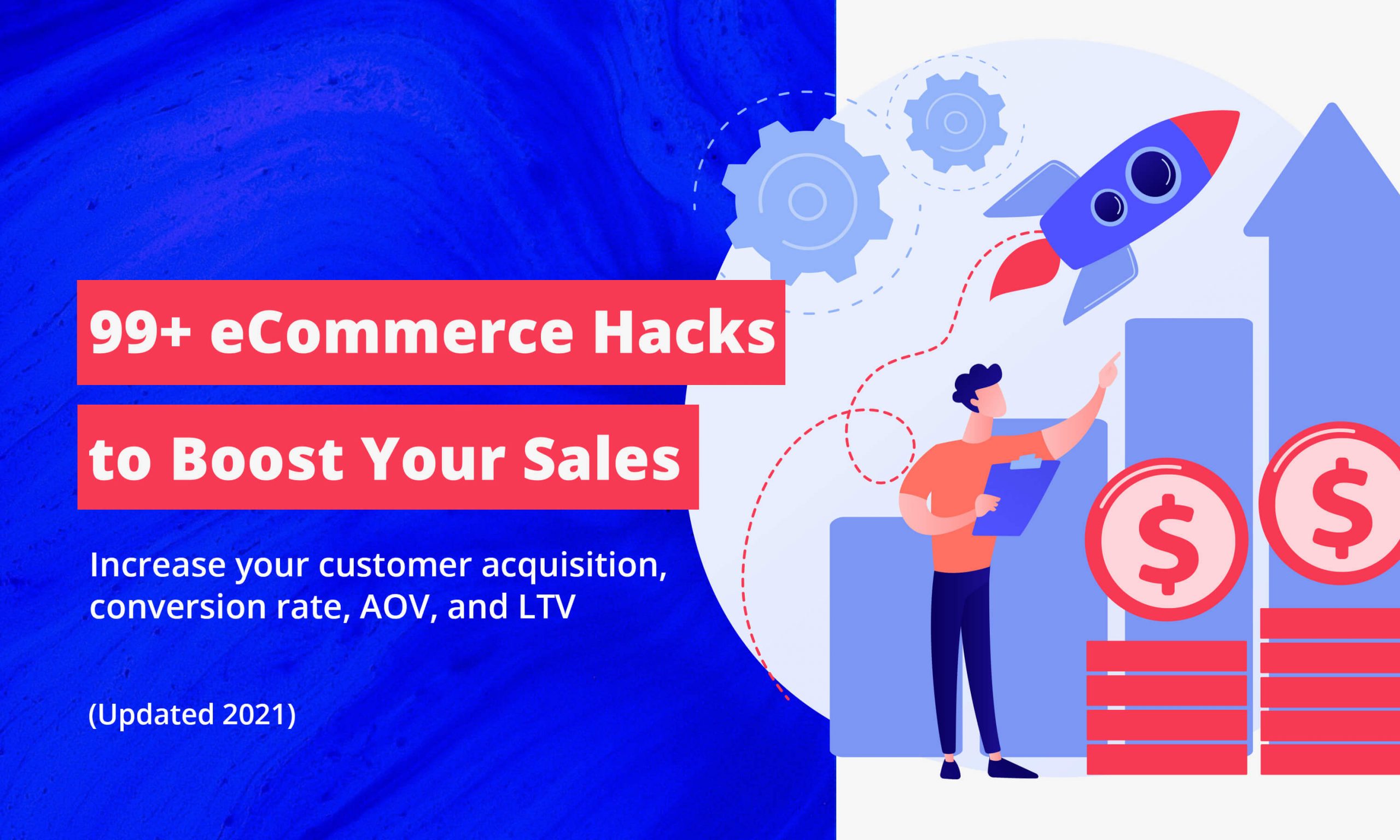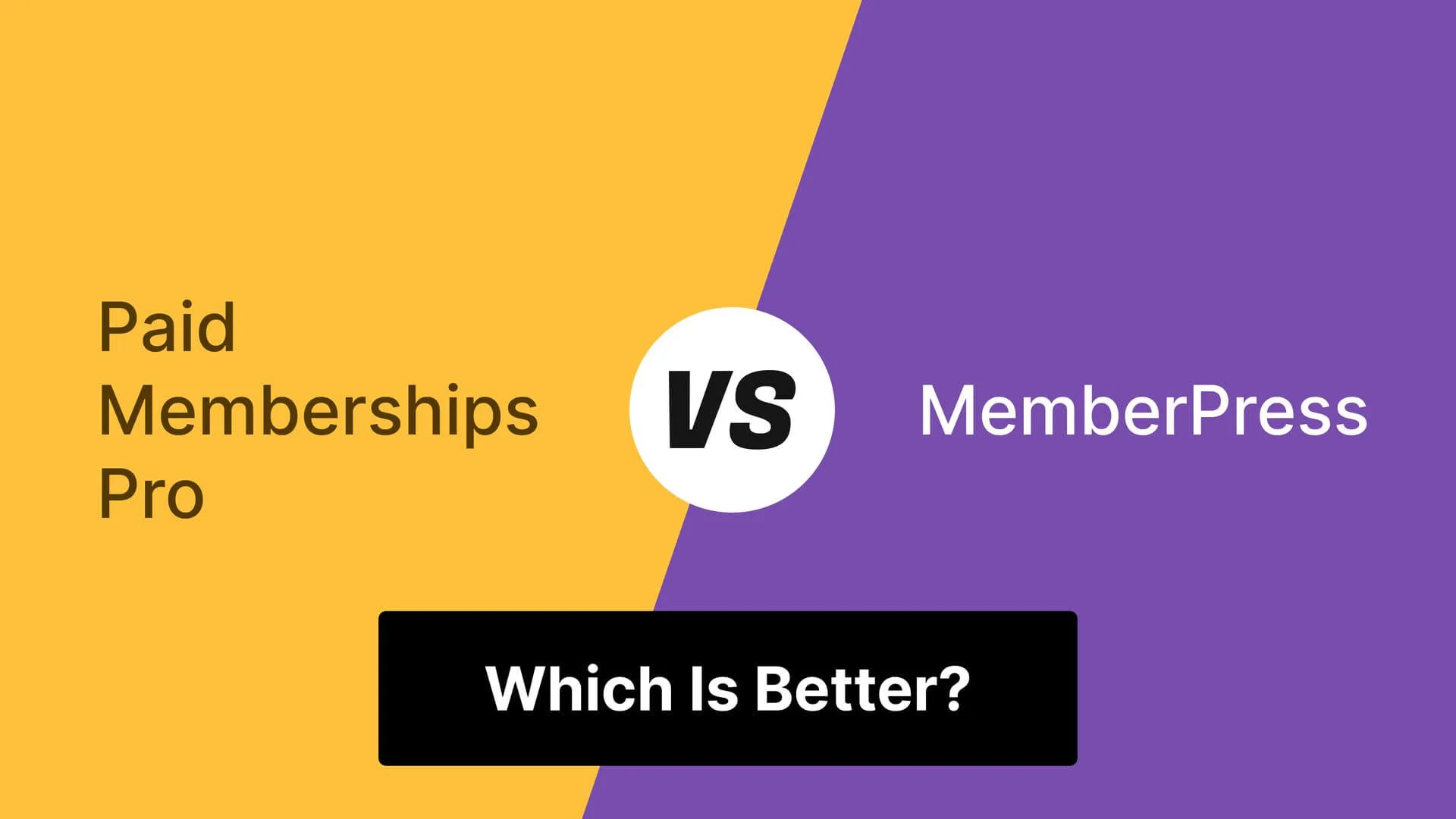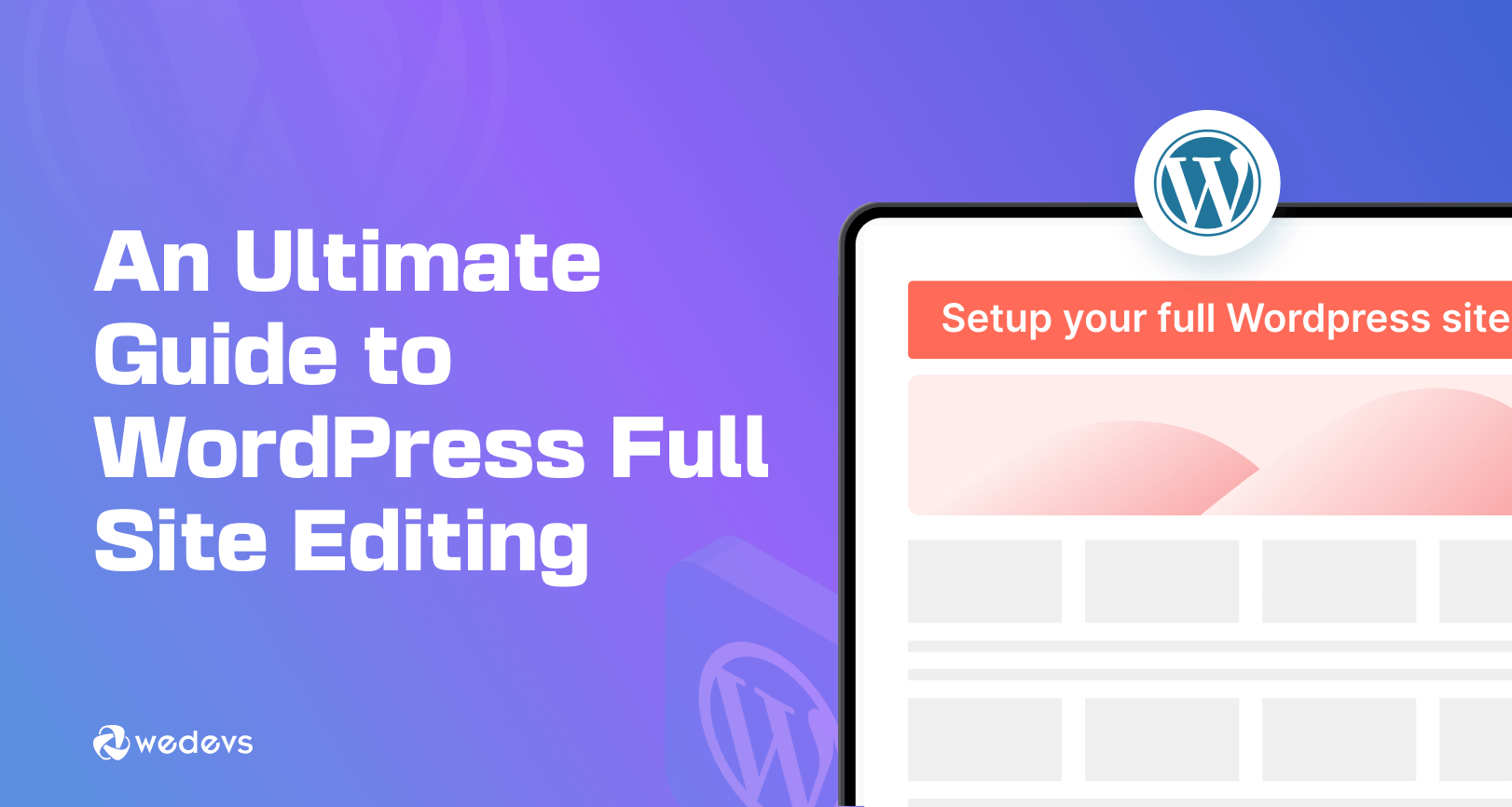How to build a high-retention subscription model on Shopify using Recharge, Skio, or native tools — with real strategies to reduce churn, increase average order value, and scale predictably.
Choosing Recharge vs. Skio vs. Native Shopify Subscriptions
The foundation of any subscription business is the platform you use to manage recurring orders. Shopify offers three main paths: Recharge (the dominant third-party app), Skio (a newer, flexible alternative), and Shopify’s native Subscriptions API (for developers).
Recharge: The Market Leader
Recharge powers over 20,000 subscription stores, including major brands like Chomps and Golde. It offers a full suite of tools: customer portal, dunning management, pause/skip logic, and deep Shopify integration.
Pros:
- Extensive ecosystem with pre-built checkout flows
- Automated email sequences for dunning and engagement
- Robust reporting on MRR, churn, and LTV
- Supports multiple subscription types (one-time + recurring)
Cons:
- Pricing based on GMV (8–10% + transaction fees)
- Less flexible for custom logic without dev work
- Customer portal branding requires upgrade
Skio: The Developer-Friendly Challenger
Skio focuses on flexibility and lower fees. It uses Shopify’s native checkout and allows more control over subscription rules, billing cycles, and product bundling.
Pros:
- Lower transaction fees (3–5% depending on plan)
- Built on Shopify’s Checkout API — faster, more reliable
- Advanced rules engine (e.g., “skip after 3 deliveries”)
- Strong API for custom integrations
Cons:
- Newer platform — fewer integrations
- Limited pre-built templates
- Requires more technical setup
Shopify Native Subscriptions (via API)
Shopify launched its own Subscriptions API, allowing developers to build fully custom recurring solutions using the Storefront and Admin APIs. This is ideal for brands with in-house dev teams.
Pros:
- No third-party fees — only standard Shopify transaction costs
- Full control over UX and logic
- Tight integration with Shopify Plus features
Cons:
- High development cost ($15k–$50k+)
- No built-in dunning or customer portal
- Must build analytics and management tools from scratch
| Platform | Fees | Setup Time | Best For |
|---|---|---|---|
| Recharge | 8–10% + payment fees | 1–2 weeks | Established brands wanting speed and reliability |
| Skio | 3–5% + payment fees | 2–3 weeks | Growth-focused brands needing flexibility |
| Shopify Native | Shopify payment fees only | 6–12 weeks | Enterprise brands with dev resources |
Offer Ladder (Subscribe & Save 10% → 20%)
An effective subscription offer ladder increases conversion and encourages long-term commitment. Instead of a flat discount, you tier the savings based on frequency or commitment length.
The most common model is “Subscribe & Save,” but the key is progression: get customers in the door with 10%, then upsell to 15% or 20% for longer commitments.
Example Ladder Structure
- First Purchase: “Get 10% off your first 2 deliveries”
- After 2 Orders: “Stay subscribed for 6 months, get 15% off forever”
- Loyalty Tier: “12+ months? Unlock 20% off + free shipping”
This approach increases perceived value over time and reduces early churn. A supplement brand tested this ladder and saw a 40% increase in 6-month retention compared to a flat 15% discount.
Implementation Tips
- Display the ladder clearly on product pages: “Save more the longer you subscribe”
- Use dynamic pricing in Recharge or Skio to auto-apply discounts based on tenure
- Email customers when they qualify for the next tier
- Test different thresholds (3 months, 6 months) and discount levels
Subscribe & Save – Earn More Savings
- First 2 deliveries: 10% off
- 3–5 deliveries: 15% off
- 6+ deliveries: 20% off + free shipping
Change or cancel anytime in your subscription dashboard.
This snippet can be added to product descriptions or as a custom section in your theme. Update the tiers based on your Recharge/Skio plan settings.
Reducing Churn with Skip/Swap Flows
Churn is the biggest threat to subscription profitability. The average subscription business loses 5–7% of customers monthly. But churn isn’t always about dissatisfaction — often, it’s due to life changes (travel, stockpiling, taste changes).
Instead of letting customers cancel, give them control with skip and swap options. These features reduce friction and keep customers in your ecosystem.
Skip a Delivery
Allow subscribers to delay one or more shipments. This is critical for consumable goods (coffee, skincare, pet food). A coffee brand found that 22% of would-be cancellations were converted into skips — saving $48,000 in annual revenue.
In Recharge or Skio, enable “Skip Next Order” in the customer portal. You can also add a button directly on the order status page:
Swap Products
For brands with multiple SKUs (e.g., snack boxes, skincare kits), let customers rotate items. This increases engagement and reduces fatigue.
Example: A vitamin company lets subscribers swap one supplement per month. This reduced churn by 31% and increased NPS by 44 points.
Best Practices
- Limit skips to 1–2 per year to prevent abuse
- Send a confirmation email after a skip/swap
- Use the pause as a touchpoint: “We’ll miss you! Here’s 15% off when you resume.”
- Track skip frequency — high skip rates may indicate poor product fit
Dunning Email Sequence (Card Expired, Payment Retry)
Dunning refers to the process of recovering failed subscription payments. Up to 30% of failed payments are due to expired or declined cards — not customer intent to cancel.
A well-crafted dunning email sequence can recover 50–70% of at-risk revenue. Most platforms (Recharge, Skio) include automated dunning, but you should customize the messaging for brand voice and urgency.
Recommended 4-Email Dunning Sequence
- Email 1 – Immediate (0 hrs): “Your payment failed”
Subject: Action needed: Update your payment method
Body: “We couldn’t process your subscription renewal. Update your card to avoid delivery delays.” - Email 2 – 24 hrs later: “Last chance to update”
Subject: Your subscription will be paused soon
Body: “If we don’t receive payment in 24 hours, your subscription will be paused.” - Email 3 – 48 hrs later: “Paused – Reactivate now”
Subject: Your subscription has been paused
Body: “Your deliveries are on hold. Reactivate anytime with updated payment details.” - Email 4 – 7 days later: “We miss you”
Subject: Come back and save 15%
Body: “We’d love to have you back. Here’s 15% off your next order when you resume.”
Key tips:
- Include a direct link to the customer’s payment update page
- Use urgent but not aggressive language
- Add a support contact option (“Need help? Reply to this email.”)
- Exclude customers who manually canceled
Metrics – MRR, Churn, AOV Uplift
To scale a subscription business, you must track the right KPIs. Unlike one-time sales, subscriptions are about predictability and lifetime value.
Monthly Recurring Revenue (MRR)
MRR is the total predictable revenue generated from active subscriptions each month. It’s the heartbeat of your subscription model.
Formula: Sum of all subscription order values per month
Example: 500 subscribers × $40 average = $20,000 MRR
Track MRR growth monthly. A healthy brand grows MRR by 10–20% MoM in early stages.
Churn Rate
Churn measures the percentage of subscribers who cancel each month.
Formula: (Canceled Subscriptions ÷ Total Subscriptions at Start of Month) × 100
Industry average: 5–7% monthly. Top performers stay below 3%.
Reduce churn with engagement emails, product updates, and loyalty rewards.
Average Order Value (AOV) Uplift
Subscribers often spend more than one-time buyers due to bundling, loyalty discounts, and convenience.
Example: A skincare brand found that subscribers had a 68% higher AOV than one-time customers, thanks to multi-product kits and auto-replenishment.
Track AOV separately for subscribers vs. non-subscribers to measure this uplift.
Lifetime Value (LTV)
LTV predicts total revenue from a subscriber over their entire relationship.
Formula: (Average Order Value × Purchase Frequency) ÷ Churn Rate
Example: ($60 AOV × 1 order/month) ÷ 0.05 monthly churn = $1,200 LTV
The goal is to increase LTV while reducing acquisition cost (CAC). A healthy LTV:CAC ratio is 3:1 or higher.
| Metric | Formula | Healthy Benchmark |
|---|---|---|
| MRR | Sum of monthly subscription revenue | 10–20% MoM growth |
| Churn Rate | (Cancellations ÷ Starting Subscribers) × 100 | < 5% monthly |
| AOV Uplift | Subscriber AOV ÷ One-time AOV | 50–100% higher |
| LTV | AOV ÷ Monthly Churn | $800–$1,500+ |
Case Study – Coffee Brand Grew 6× in 12 Months
“BrewLab” is a premium coffee brand that transitioned from one-time sales to a subscription-first model. In 12 months, they grew revenue 6× and increased average customer LTV to $1,050.
Starting Point (Month 0)
- Monthly Revenue: $25,000
- AOV: $38
- Customer Retention: 28% after 3 months
- Primary Channel: Instagram ads → one-time checkout
Strategy Implementation
BrewLab adopted the following changes:
- Switched to Recharge: Launched “Subscribe & Save” with 15% off for recurring orders.
- Offer Ladder: Introduced a tier: 15% off for 3 months, 20% for 6+, 25% for 12+.
- Skip/Swap Flow: Allowed customers to skip deliveries or rotate between 4 roast types.
- Dunning Sequence: Custom 4-email flow with direct update links.
- Engagement Campaigns: Monthly “Coffee Tasting Club” emails with brewing tips and limited blends.
Results (Month 12)
- Monthly Revenue: $150,000 (+500%)
- MRR from Subscriptions: $98,000 (65% of total)
- Subscriber AOV: $62 (63% uplift)
- Churn Rate: 3.8% monthly
- Average LTV: $1,050
- Customer Retention: 68% after 6 months
Key success factors:
- They focused on retention as much as acquisition.
- Used email to build a community, not just push sales.
- Let customers control their experience (skip, swap, pause).
- Invested in high-quality onboarding emails.





